Bats are essential to the environment, yet they are frequently misidentified and even feared. Of these creatures that come out at nighttime, some species stand out by their dimensions. The following article goes over the world’s largest bats’ unique characteristics, ecological status, and the critical importance of them.
10. Long-tongued Fruit Bat

- Scientific name: Macroglossus sobrinus
- Size: Wingspan up to 12 inches
- Key Features: Specialized for nectar feed, small size compared to other bat species
Though modest in stature, the Long-tongued fruit bat is known for its distinct eating habits. Its expansive tongue sucks pollen from blossoms, thus rendering it an important pollinator. Despite being relatively smaller than other bat organisms, it helps maintain biodiversity.
In tropical jungles in Indonesia and the Philippines, these bats thrive. Deforestation undermines this species’ existence, consequently, prevention is necessary. These pollinators must have their native conditions protected for their existence.
9. Wahlberg’s Epauletted Fruit Bat
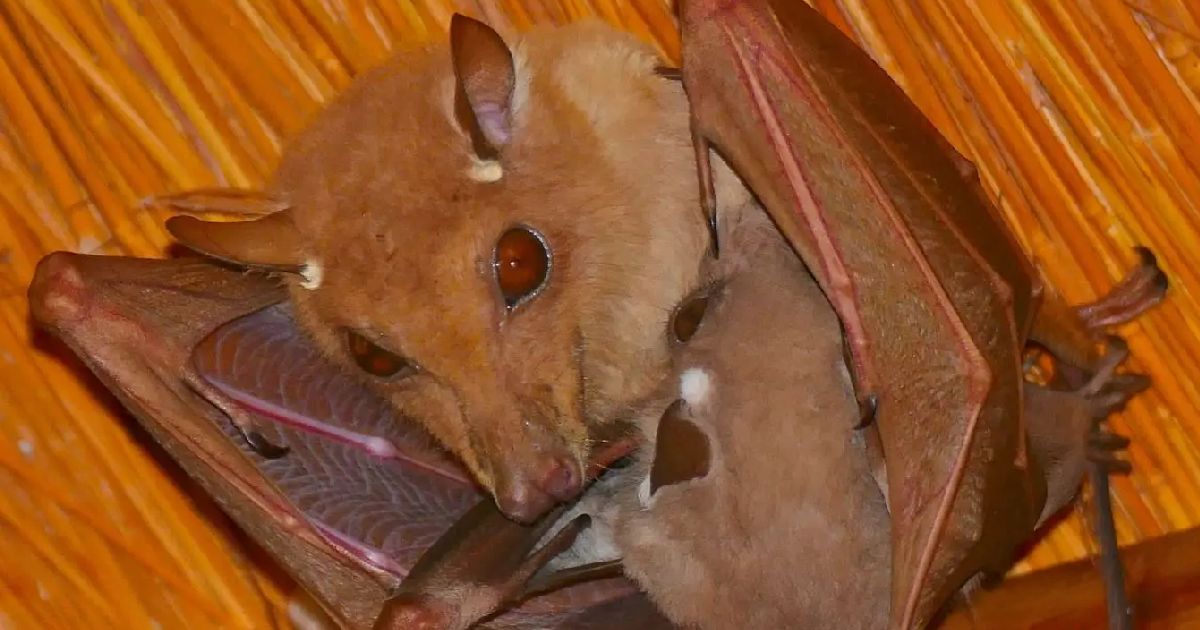
- Scientific name: Epomophorus wahlbergi
- Size: Wingspan up to 20 inches
- Key Features: Distinctive epaulettes, frugivorous diet, native to Africa
Wahlberg’s epauletted fruit bat is named for the prominent epaulettes of hair on its shoulders, which males display during courtship. Fruit-eating bats act as crucial movers of seeds in their natural settings. Their wings can reach twenty inches, rendering them one of Africa’s largest bats.
The Wahlberg’s epauletted fruit bat is a prevalent species that is native to southern Africa. However, it faces extinction due to the loss of its habitat and human interference. Preserving this species and its natural environments requires conservation initiatives like Bat Conservation International’s.
8. Fijian Monkey-faced Bat
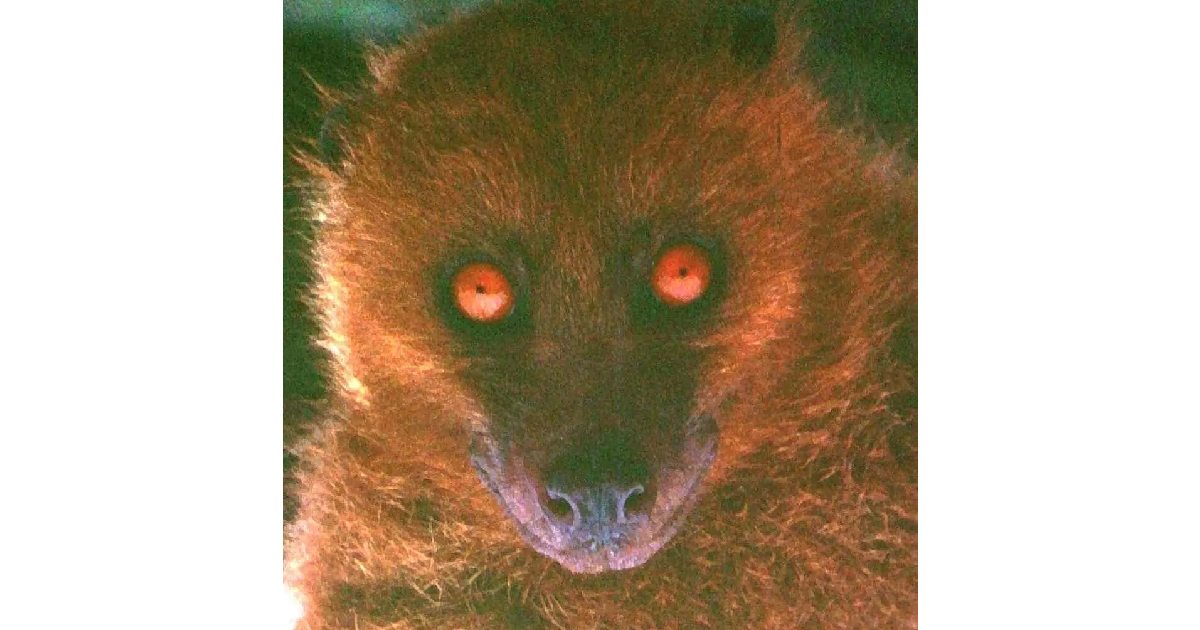
- Scientific name: Mirimiri acrodonta
- Size: Wingspan up to 18 inches
- Key Features: Endangered species, unique facial structure, limited range
As a result of its monkey-like visage, the Fijian monkey-faced bat is threatened. Due to its small distribution and prevalence in Fiji, this rarely-seen bat species is subject to declines in habitat and modification of the environment. As one of the biggest bats in its territory, its wingspan can reach a staggering 18 inches.
Conservation campaigns concentrate on the vulnerable Fijian monkey-faced bat. Breeding within captives has been proposed to raise its number. Maintaining their woodland is of paramount importance for this unusual species.
7. Lyle’s Flying Fox
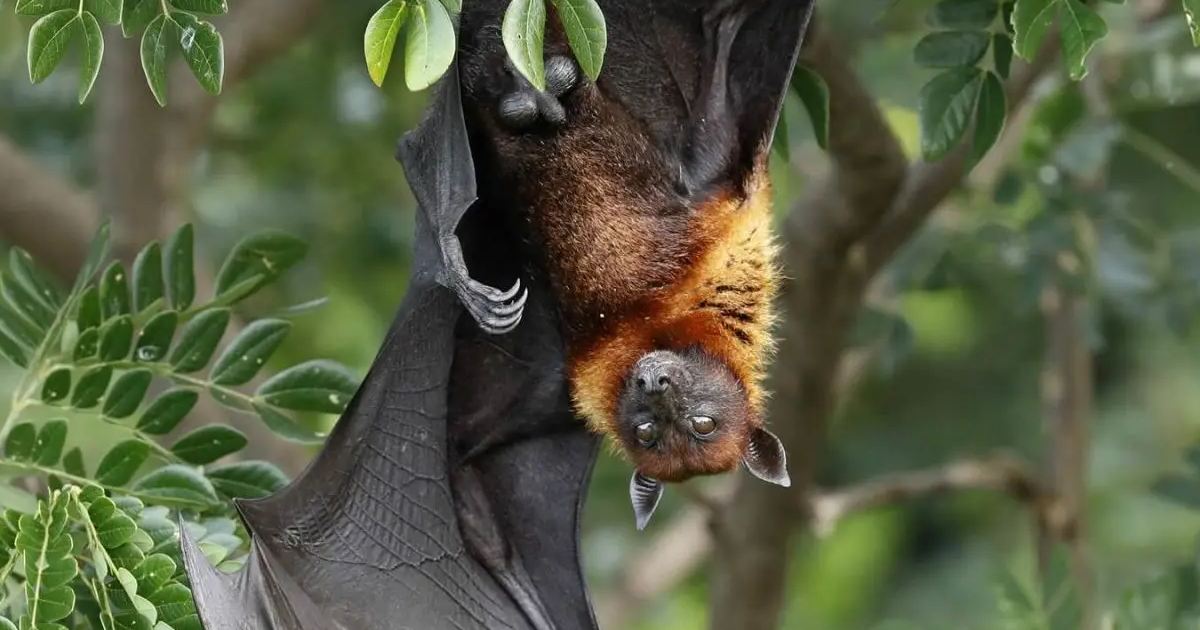
- Scientific name: Pteropus lylei
- Size: Wingspan up to 3 feet
- Key Features: Large size, frugivorous diet, endangered species
Lyle’s flying fox represents one of the largest flying fox species, , with a 3-foot length of wings. These bats are frugivorous and survive off fruit, which makes them vital for carrying seeds. However, the destruction of habitat and illegal hunting leave them imperiled.
Conflict between humans jeopardizes Lyle’s flying foxes, which reside in Southeast Asia. Their continued existence depends on wildlife preservation and anti-hunting initiatives. These magnificent beings sustain biodiversity intact.
6. Straw-coloured Fruit Bat
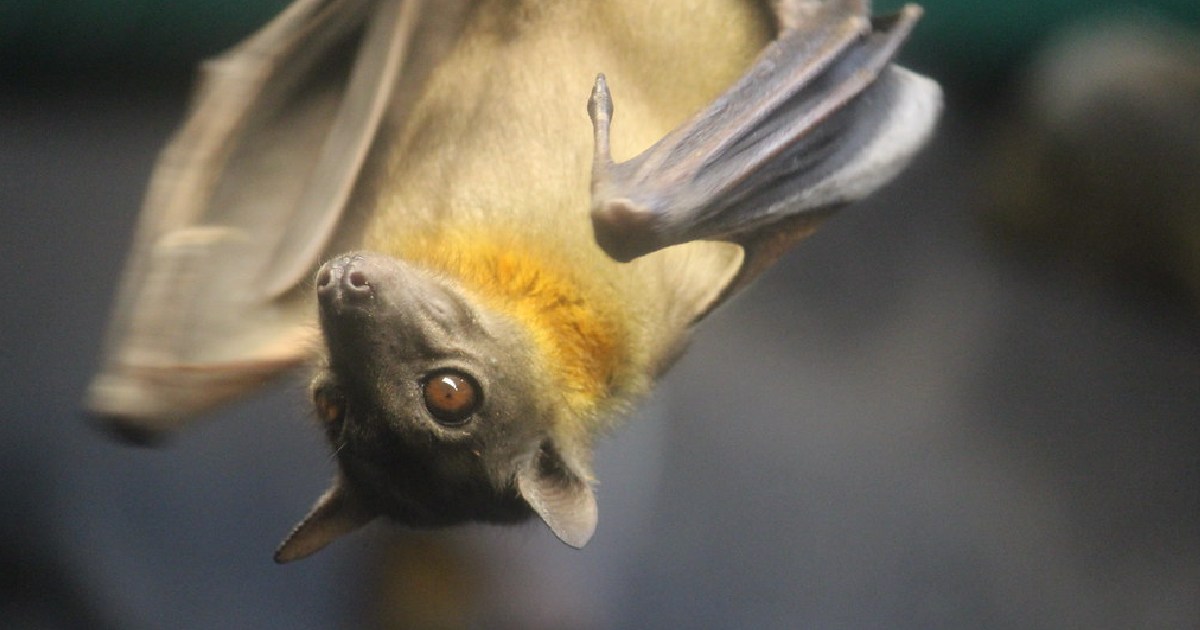
- Scientific name: Eidolon helvum
- Size: Wingspan up to 3.3 feet
- Key Features: Migratory species, large colonies, significant ecological role
The straw-colored fruit bat, considered to be among the most abundant large bat species, is noted for its marvelous nomadic habits. Their wings can exceed 3.3 feet, and they may construct millions of colonies. Thus making them certainly Africa’s fastest-growing bat species.
Despite their prevalence, straw-colored fruit bats risk habitat loss and poaching. Conservation can be challenging due to their migratory movements, however, preserving habitat along their paths is crucial. Bats pollinate and diffuse seeds, sustaining many African landscapes.
5. Mariana Fruit Bat
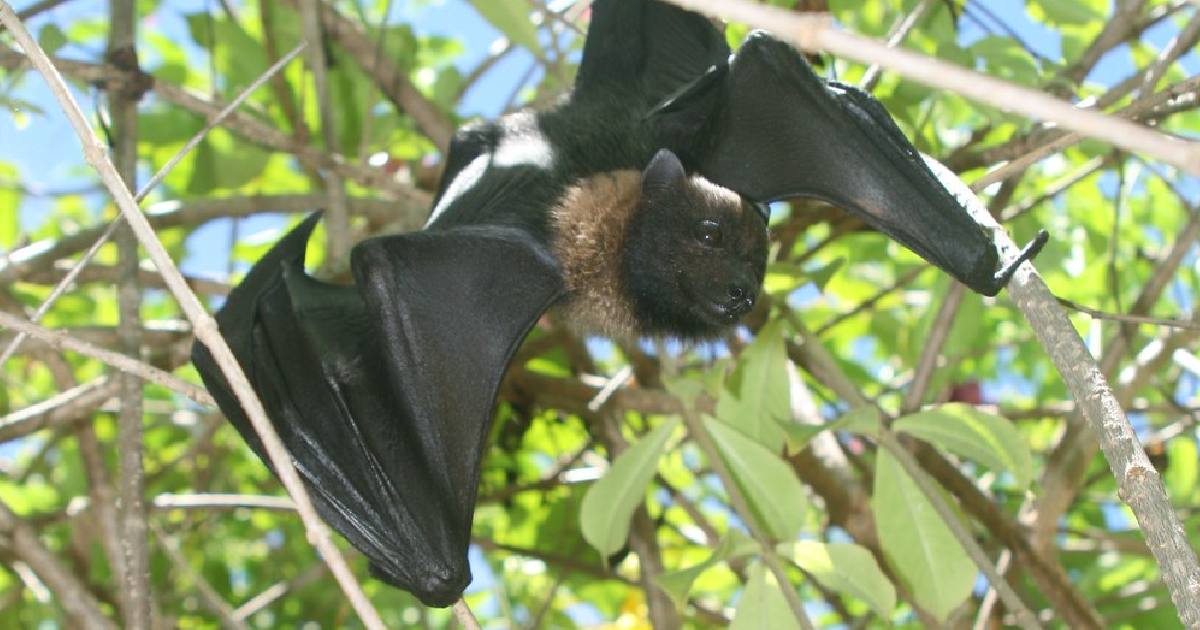
- Scientific name: Pteropus mariannus
- Size: Wingspan up to 3.5 feet
- Key Features: Native to the Mariana Islands, endangered species, frugivorous diet
These Pacific Ocean islands are inhabited by the critically endangered Mariana fruit bat or Fanihi. These bats, who can fly 3.5 feet, eat crops and disseminate seeds in their natural surroundings. As a consequence of habitat loss and slaughtering, the population had tragically gone down.
The Mariana fruit bat is at the center of Conservation campaigns. That includes reconstruction of habitat operations and captive breeding activities. Bat survival and ecological wellness rely on safeguarding endangered bats.
4. Malaysian Flying Fox
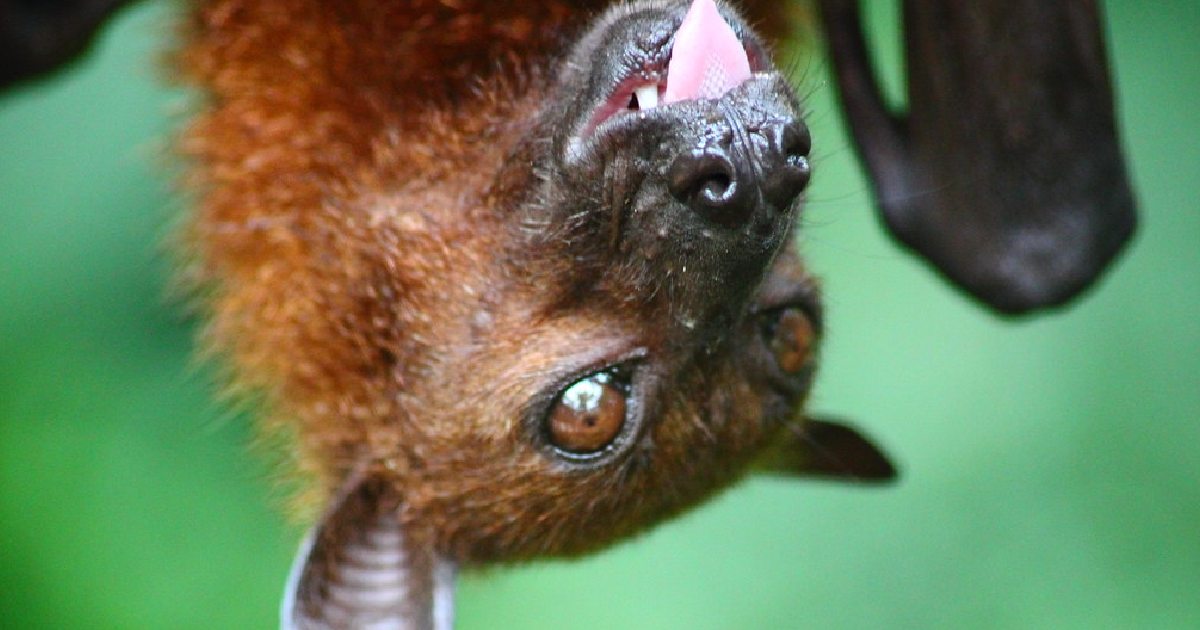
- Scientific name: Pteropus vampyrus
- Size: Wingspan of up to 6 feet, weight 1.5 kilograms
- Key Features: One of the largest bats, crucial for forest ecosystems
The Malaysian Flying Fox, also known as the great flying fox, is one of the largest bats in the world, with a wingspan that can reach up to 6 feet and a weight of around 1.5 kilograms. This bat is found throughout Southeast Asia and plays a critical role in forest ecosystems by pollinating flowers and dispersing seeds.
Despite its size and importance, the Malaysian Flying Fox is under threat from deforestation and hunting, leading to a decline in its population. Conservation organizations like Bat Conservation International are actively working to protect this species through education and habitat preservation initiatives. The survival of the Malaysian Flying Fox is vital for the health of Southeast Asian forests.
3. Sulawesi Flying Fox
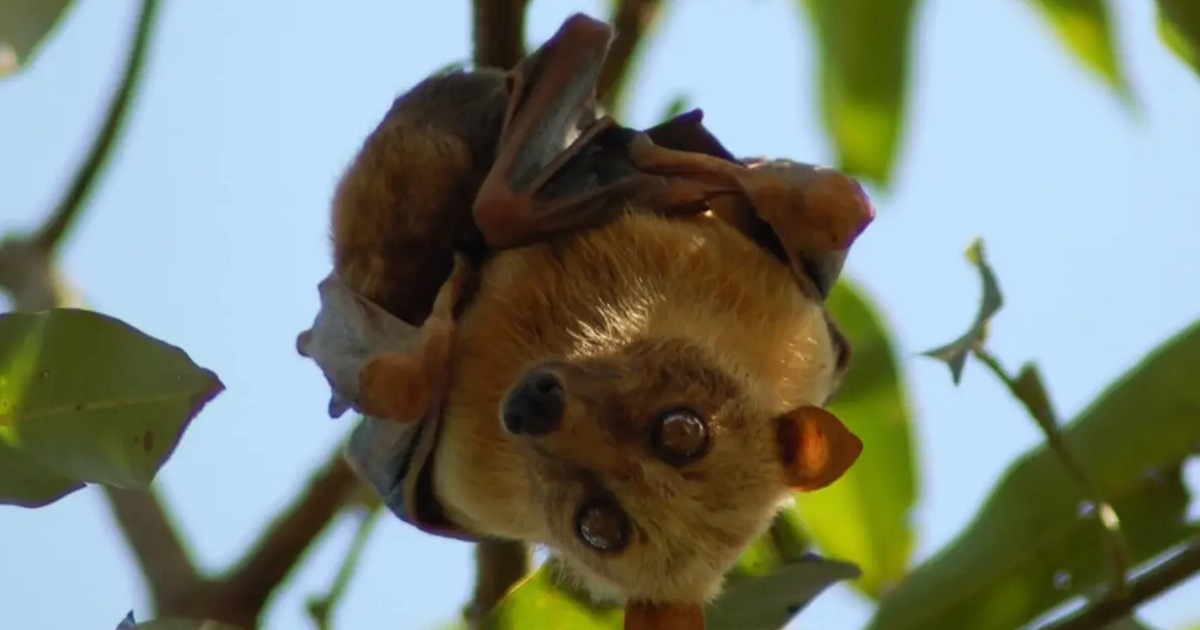
- Scientific name: Acerodon celebensis
- Size: Wingspan up to 5 feet
- Key Features: Endemic to Sulawesi, large wingspan, frugivorous diet
The Sulawesi flying fox is an enormous bat native to Indonesia. With a 5-foot length of wings, these bats belong to the largest. They pollinate and disperse seeds, keeping rainforests flourishing.
The Sulawesi flying fox has been endangered by the degradation of habitat and extortion, making efforts to preserve it crucial. This amazing type of bat needs Sulawesi rainforests protected to survive. Contrary to most bat species, the conical structures in their eyes enable them to use their skills.
2. Livingstone’s Fruit Bat

- Scientific name: Pteropus livingstonii
- Size: Wingspan up to 6 feet
- Key Features: Critically endangered, large size, limited range
One of the world’s largest and dangerously threatened bat species, Livingstone’s fruit bat has 6-foot wings. Only present in the Comoros Islands, these bats are susceptible to declines in habitat and ecological alterations. Their great size and restricted territory render them a bat preservation priority.
Livingstone’s fruit bat conservation includes breeding them in captivity. The protection of their natural habitats is necessary to forestall the extinction of these species. Therefore, ensures the ecological balance of the islands where they live is preserved.
1. Giant Golden-crowned Flying Fox
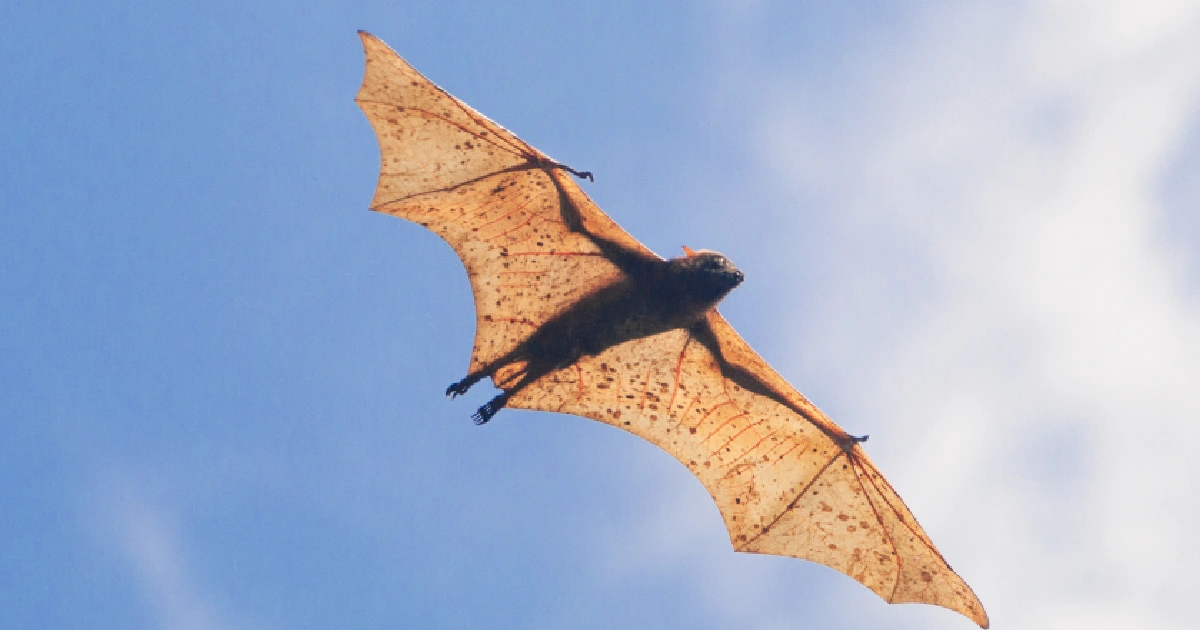
- Species: Acerodon jubatus
- Size: Wingspan up to 5.6 feet
- Key Features: Largest bat species, endangered, distinctive golden crown
The world’s largest bat, the Giant golden-crowned flying fox, can fly 5.6 feet. This exquisite bat is highly threatened as its natural environment is being decimated and humans have been killing them illegally. Its golden crown of fur renders it relatively simple for people to recognize. Giant golden-crowned flying foxes in the Philippines scatter pollen to preserve the ecology of forests.
Environment conservation and anti-hunting measures assist in preserving this rare animal. NGOs like Bat Conservation International are promoting knowledge and preserving these magnificent animals. The well-being of this giant golden-crowned flying fox is crucial to its continued existence.
Conclusion
Bats are more than just creatures of the night; they are vital to the health of our planet’s ecosystems. The largest bat species, such as the Golden-capped fruit bat and Livingstone’s fruit bat, are remarkable not only for their size but also for their ecological importance. Unfortunately, many of these species are endangered due to habitat loss, illegal hunting, and other threats. Conservation efforts, including habitat protection and captive breeding programs, are crucial to ensuring that these majestic animals continue to thrive.
Frequently Asked Questions (FAQs)
What are the largest bats in the world?
The largest bats in the world include the Giant golden-crowned flying fox, Livingstone’s fruit bat, and Sulawesi flying fox, with wingspans reaching up to 6 feet. These massive bats, primarily found in Southeast Asia and the Pacific, play crucial roles in seed dispersal and forest health but are endangered due to habitat loss and hunting.
What is the largest true bat?
The largest true bat is the Giant golden-crowned flying fox (Acerodon jubatus), with a wingspan of up to 5.6 feet. Found in the Philippines, this bat is critically endangered due to habitat destruction and illegal hunting. It is known for its impressive size and distinctive golden crown, making it a key species in its ecosystem.
How many megabats are there in the world?
There are over 180 species of megabats, also known as flying foxes or fruit bats. These bats are found in tropical and subtropical regions worldwide and play essential roles in pollination and seed dispersal. Notable megabat species include the Indian flying fox and the Large flying fox, each critical to maintaining healthy ecosystems.
What kind of bat has a 2-foot wingspan?
The Wahlberg’s epauletted fruit bat (Epomophorus wahlbergi) is a bat species with a wingspan of up to 2 feet. This bat is native to sub-Saharan Africa and is known for the epaulette-like tufts of hair on its shoulders. It feeds primarily on fruits, making it an important seed disperser in its natural habitats.
What is the largest carnivorous bat ever?
The largest carnivorous bat ever is the spectral bat (Vampyrum spectrum), also known as the false vampire bat. With a wingspan of up to 3.3 feet, it is the largest carnivorous bat, preying on birds, other bats, and small mammals. It is native to Central and South America and is a formidable predator in its environment.

